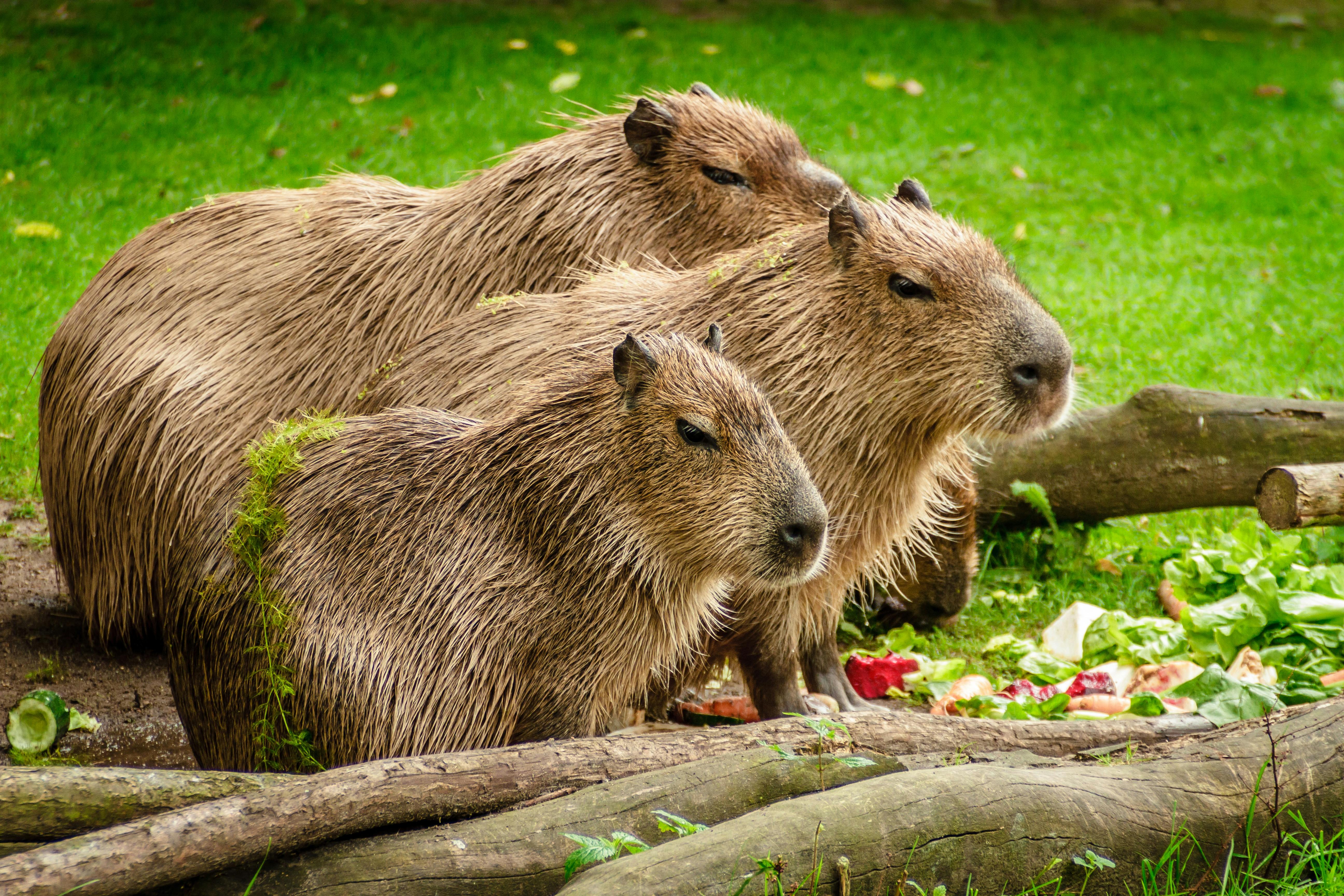Unraveling the Secrets of the Capybara: The World's Largest Rodent
The capybara, a semi-aquatic rodent native to South America, has been gaining popularity worldwide due to its unique characteristics and behavior. This article delves into the fascinating world of capybaras, exploring their history, current status, and their increasing popularity as exotic pets.

The Capybara: A Brief History and Key Developments
The capybara, scientifically known as Hydrochoerus hydrochaeris, is the largest living rodent in the world. Originating from South America, these creatures have been a part of the continent’s ecosystem for thousands of years. They were first documented by European explorers in the 16th century, who were fascinated by their size and semi-aquatic lifestyle. Over the years, capybaras have adapted to various environments, from marshlands to forests, showcasing their resilience and adaptability.
Capybaras in the News: Current Updates
Recently, capybaras have been making headlines due to their increasing presence in urban areas. In cities like Rio de Janeiro, these creatures have been spotted roaming freely, much to the delight and surprise of residents. This phenomenon is attributed to the rapid urbanization that is encroaching on their natural habitats, forcing them to adapt to city life.
The Capybara Pet Trend: Price Range and Market Impact
Capybaras have also gained popularity as exotic pets, particularly in Japan and the United States. However, owning a capybara is not for everyone. These animals require a lot of space, a swimming area, and a special diet. They are also social creatures and do best in pairs or groups. The cost of a capybara can range from $500 to $3,000, not including the costs of care and maintenance. Despite these challenges, the demand for capybaras as pets continues to grow, impacting the exotic pet market significantly.
The Capybara: Backed by Research
Research on capybaras has revealed fascinating insights into their behavior and physiology. They are highly social creatures, living in groups of up to 20 individuals. They communicate through a variety of vocalizations, scent marking, and physical contact. Capybaras are also known for their unique ability to regulate their body temperature by taking dips in water, a feature that sets them apart from other rodents.
Balancing Depth and Accessibility: The Capybara
Understanding the world of the capybara is a journey into the rich biodiversity of South America. While they may seem like simple creatures, capybaras are complex and fascinating, offering a unique perspective on adaptation and survival. As we continue to encroach on their habitats, it’s essential to respect and protect these remarkable creatures, ensuring their survival for generations to come.
In conclusion, the capybara, with its unique characteristics and adaptability, offers a fresh and engaging perspective within the world of pets and animals. Whether roaming the wetlands of South America or the backyards of exotic pet owners, these creatures continue to captivate and intrigue, proving that even the world’s largest rodent has a place in our hearts.





